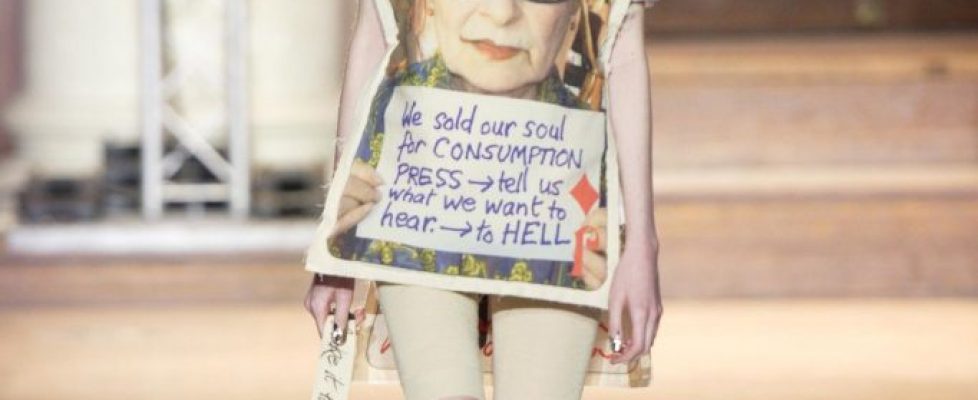Fashion’s impact on the demise of our planet…
Fashion is integrated into our everyday lives, with sustainability being once a taboo topic is now the pinnacle of most conversations, but why is this?
With over 7 billion people in the world, a collective awareness of the impact of the industry doesn’t seize to shock many of us with the reality, with the Fashion industry holding the title of being the 2nd biggest polluters in the world, second only to the fossil fuel industry. With once being a taboo topic of conversation, to being the pinnacle of the industry’s problems, sustainability is the buzz word of our generation. With over 10 million tones of textile waste deposited in U.S landfills in 2015, Contradictory to this in 1960 it was estimated that less than 2million tones of textiles would end up in landfills, since then this data has increased by 811% (environment protective agency, 2015)
The first solutions of ways to diminish this problem goes back to the 1970’s when Dr. Walter Stahel championed the idea of ’a circular economy’. Since then the findings indicate that the circular economy is most frequently depicted as a combination of ’Reduce, Reuse and Recycle’ (Gary Andersons findings)
Over the last 3 years, e-commerce has become an indispensable part of global retail. Online shopping is something everyone is guilty of, thanks to the ongoing digitalisation of modern life. Whether it be shopping for a new winter coat, or a pair of school shoes, it is serving as a source of being the most ideal and flexible ways to shop. The pandemic accelerated the shift towards the phenomenon, in 2020 total retail sales volumes fell by 1.9% compared with 2019, (Office for national statistics report) Meanwhile online sales rose to a record high of 33.9%.
So we ask the question of, what is the future of the high street?
Leading brands efforts to secure our planet have appeared to be modern and mindful, but are they really? In 2020 H&M collected 18,800 tonnes of unwanted clothes and textiles, through the Garment Collecting program, essentially circulating wardrobes. The ethos was to Re-wear, Reuse and Recycle. With promises to ’close the loop’, however the Garment collection program was proven to be anything but circular. After a paper check of H&M’s business partners, Aftonbladet’s investigation revealed that H&M products are among the five most common labels present in the textile waste inhabiting Ghanas beaches, over 314,000kg shipped to Ghana in 2021 alone, creating a circular problem at most.
Taking matters into our own hands, appears to be the most reliable little change. Social Sustainability, is only an edge closure to change. Yet the harsh reality presents itself in stark contrast, we are now learning to inhabit this issue and find ways to adapt around already made failures to this planet. In great response, African traders are fulfilling the promises made, innovative traders are turning waste into tasteful creations, by unpacking the complexities of western waste colonialism.
We posses the power to change, the future of our planet. Driving leaders to brighter and more wholesome path to research, in attempt to prioritise sustainability. What more can we do as Gen-Z than clean up the mess that was made ours. It’s making little but often collective change, remaining forever mindful of things we can do to change. The united nations SDG (sustainable development goals) is a universal attempt to highlight manmade issues on our planet. Speaking closely to the 3 R’s, responsible consumption and production can be a gateway to modernisation. Collective attempts to take up trends such as Slow-Fashion, Fashion investments (better materials) and Social sustainability. Gen-z has what it takes to make the change.
